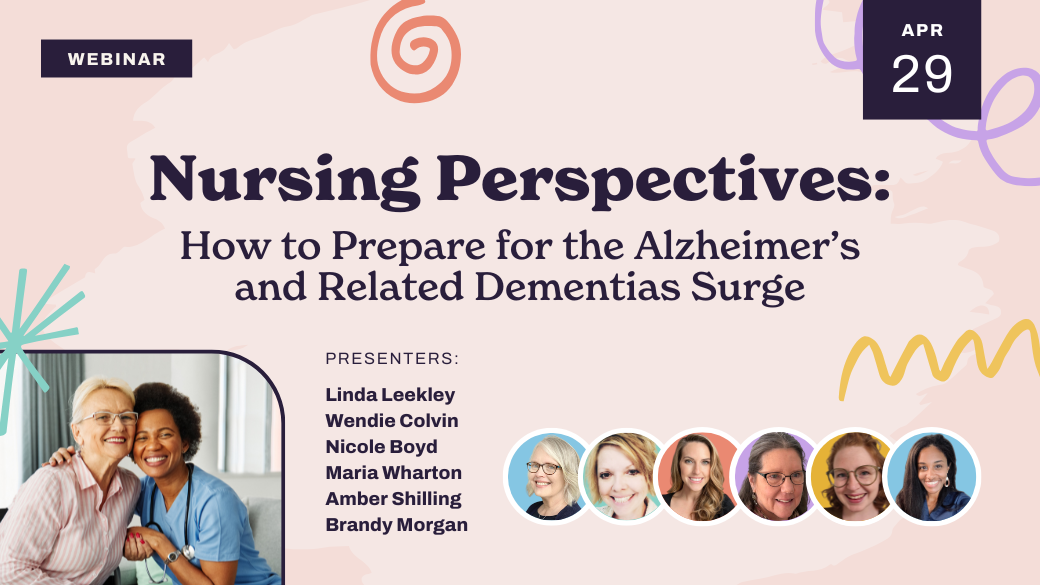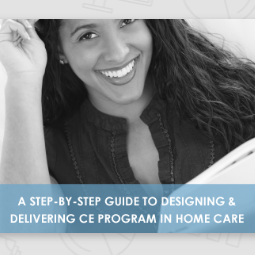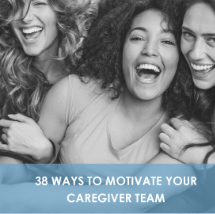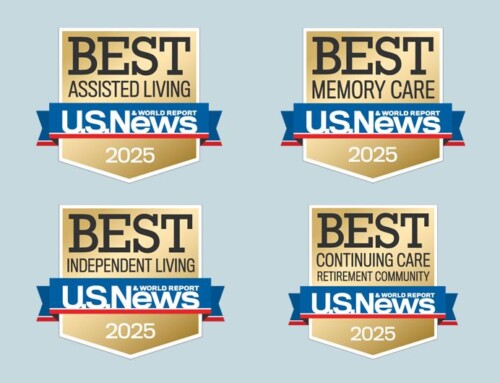Unlock the Magic of Blended Learning
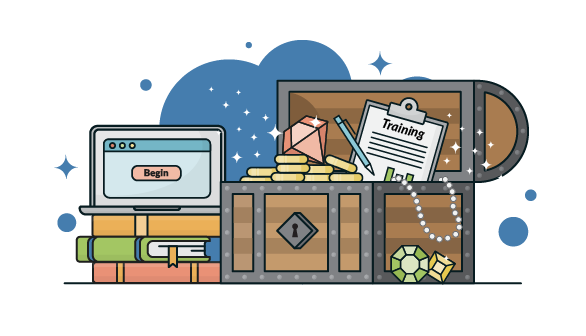
Caregivers prefer a blended learning solution that combines the best aspects of hands-on training and e-Learning. Here’s why—and how you can get started.
As the lettuce began to wilt in the sub sandwiches neatly piled on the catering tray, I realized no one was coming to the inservice meeting I’d planned. Honestly, I knew no one would show when I was alone in the conference room at 4:05—just five minutes past the scheduled start time. Still, I waited. At 4:35, I covered the sandwiches and left.
This was early in my nursing career, and as a new training supervisor for a growing home care agency, I was facing an uphill battle. The training schedule, which was planned long before I came on board, was outdated, redundant—and frankly—not fun.
As it turned out, a previous training supervisor had spent hundreds of hours copying information off the internet and cobbling it together into what passed as “inservices” to regulators. No one bothered to update the content over the years or to confirm that it was even accurate. It was not. And to make matters worse, the material copied was created for nurses, therapists, and even patients. None of it was written with the caregiver in mind. And the caregivers were sick of it.
I needed a way to engage and excite my team. I was passionate about continuing education, lifelong learning, and professional development. I knew that if I could just convey this to my team, they’d get hooked—just like I was.
What’s the root of the problem?
There’s no doubt, trying to coordinate training for a team of caregivers in home care is a monumental challenge.
While these are tough hurdles to overcome—they are not impossible! And, I’m proud to say that I DID turn things around with my team and I learned a few valuable lessons along the way!
Overall, I learned that to be successful; caregiver training must be essential, efficient, and engaging. In other words; the training matches what caregivers need (and want), in an accessible format, presented in a way that piques their curiosity and holds their attention.
- LIVE WEBINAR
Nursing Perspectives: How to Prepare for the Alzheimer’s and Related Dementias Surge
Start by inspiring “buy-in.”
A common challenge in education is finding a way to motivate learners to:
- See the importance of continuing education, and
- Want to make the most of the training offered to them.
It’s the concept we all know as “buy-in.” Your goal is to get your staff to buy into the fact that continuing education is good for them now—and for their future careers in the medical field.
To increase buy-in, meet them where they are. Here’s how:
FACT: Your caregivers may be very cautious in a classroom environment.
Some caregivers may avoid participating in group educational learning opportunities for fear of saying or doing something that makes them feel foolish or could jeopardize their job.
TO INCREASE “BUY-IN:” Make your learning environment a “No Fail” zone. A “No Fail” Zone is a place where your learners can make mistakes without consequences or ridicule. It’s a place where learners can express ideas and opinions without being judged or belittled. And it is a place that builds the learner’s self-esteem and sense of self-worth.
FACT: Your Caregivers want a choice in what they learn and how they learn it.
Working as a caregiver is exhausting. And, being on a medical team can be discouraging, at times. Direct care workers are given very few choices when it comes to shifts, patient assignments, client care, and overall workplace decisions.
TO INCREASE “BUY-IN:” Give your caregivers choices when it comes to deciding what and when they learn. Also, allow options when it comes to learning formats, such as:
Begin to map your plan.
It may be tempting to abandon classroom training altogether for online learning. It’s cheaper, more efficient, and more convenient for supervisors. But, e-learning is not the only (and sometimes not the best) way to train all caregivers in all subjects.
In health care, there will always be times when instructor-led, classroom training is the best solution. Your caregivers need specific, hands-on training in a supportive environment where they can ask questions, receive feedback, and enjoy the camaraderie of connecting with their peers.
So how do you combine the cost efficiency and convenience of e-learning with the need for hands-on training, personalized support, and beneficial teambuilding that comes with instructor-led training?
The answer lies in “Blended Learning.”
What is Blended Learning?
A blended learning plan is a strategy that uses a combination of traditional classroom training with online learning. The mix or “blend” of training strategies is where the magic happens!
A blended approach gives you options. Topics that require hands-on demonstration can be taught in the classroom, while others can be assigned online. For example, you may choose to assign an e-learning module on “Common GI Disorders.” Then, follow up with an instructor-led demonstration in “Ostomy Care.” A blended plan means you’re not stuck with just one delivery method!
Revamp your classroom training.
Even the most seasoned educators can make learners dread the classroom. Here are a few things you can do to spice up your sessions:
Make the most of e-learning
Far too often, e-learning becomes an opportunity to check in (physically) and check out (mentally). Video-based, auto-play courses that score only on attendance are too passive. The learner’s attention (and maybe even their bodies) will be far away from the course playing on their screen!
What e-learning should look like:
Successful e-learning encourages learners to check in (physically) and dive in (mentally). High-quality e-learning creates active learners who stay checked-in and remain focused throughout the course.
Make your training program rewarding.
Start with positivity! Your staff’s attitude mirrors your perception of training. If you speak about training as an exciting opportunity for them—rather than an annoying mandate from the powers that be—they’ll adopt your mentality. Emphasize the positive elements, such as having better knowledge to help people, rather than the negative aspects, such as the time it takes to complete a course or training activity.
Use a point system to reward progress. Use a straightforward points system so that each employee knows exactly what they need to do to earn a reward. For example, reward caregivers with points for:
Define success! Rewards for points earned can be as little as a $5 gift card, or as significant as a step up the career ladder. Consider adding advanced roles (with pay increases) for caregivers who go above and beyond to complete additional training.
Ready to get started?
The key to unlocking the magic in your training program is to offer a highly interactive and engaging Blended Learning Plan. For more than a decade, In the Know has been the only caregiver training provider with a bona fide blended learning solution that allows home care agencies like yours to deliver caregiver training that is genuinely essential, efficient, and engaging. The modules match what caregivers need (and want), in an accessible format, and are presented in a way that interests and motivates caregivers to provide the best care to the clients they serve.
Request a Demo today to find out how easy it is to grow with In the Know!




